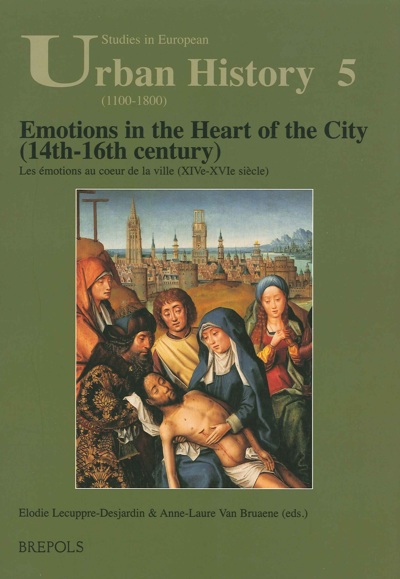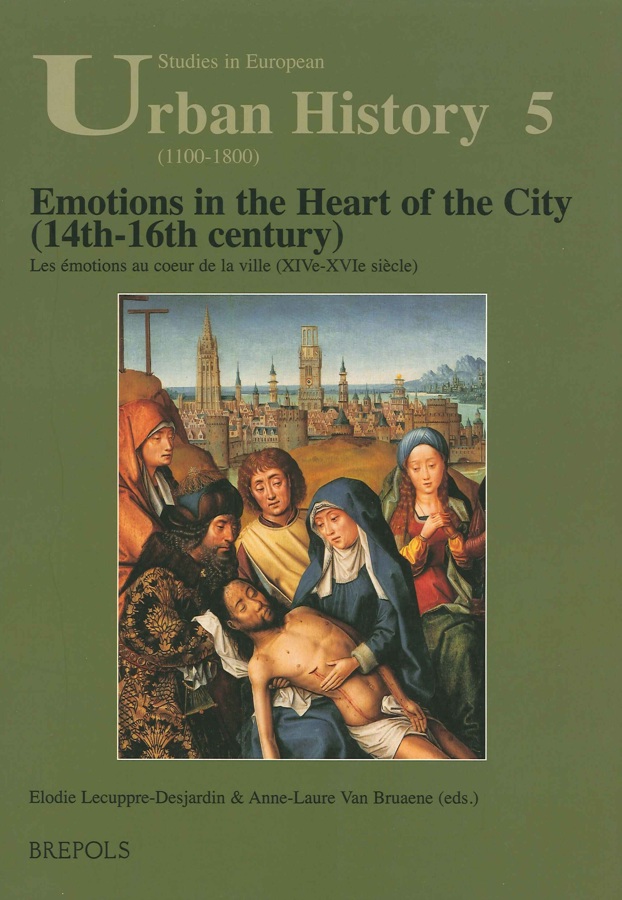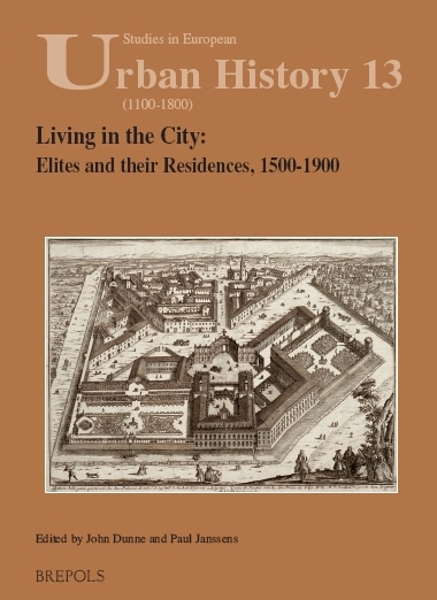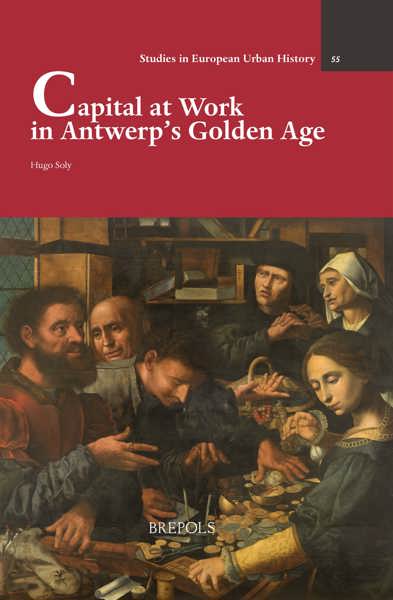
Emotions in the Heart of the City (14th-16th century)
Les émotions au coeur de la ville (XIVe-XVIe siècle)
Élodie Lecuppre-Desjardin, Anne-Laure Van Bruaene (eds)
- Pages: 298 p.
- Size:180 x 250 mm
- Illustrations:10 b/w
- Language(s):English, French
- Publication Year:2005
- € 65,00 EXCL. VAT RETAIL PRICE
- ISBN: 978-2-503-51618-9
- Paperback
- Out of Print
- € 65,00 EXCL. VAT RETAIL PRICE
- ISBN: 978-2-503-53881-5
- E-book
- Available
"The volume does provide a thought-provoking set of examples which consider the role of passion in medieval town life and, in this way , it makes a wider case for the centrality of the study of emotions to urban history." (C. Richardson, in Urban History 33/2, 2006, p. 308-309)
« [...] c'est justement la fore du présent ouvrage qui regorge de notes bibliographiques, de faits extrêmement précis permettant à W. Prevenier de tirer des conclusions remarquables. Il nous fait part de l'innovation méthodologique et de l'ardeur des chercheurs à cerner la fonction sociale de l'émotion. » (Céline Vandeuren-David, dans Le Moyen Âge CXVI, 2010, p. 487)
Whoever is curious about emotions and their expression in the Old Regime has to discover Johan Huizinga's works. From his point of view, even if it is a real challenge to comprehend the world of the mind and of the sentimental life, historians of medieval and early modern societies cannot help themselves from examining character studies to reconcile daily life and historicity. Anglo-Saxon studies have proved since the beginning of the seventies that we can give historical meaning to fierce emotions like anger and fear, to mental suffering characterized by tears and pain, or even to the sudden feeling of aesthetic pleasure, mystical ecstasy and delight… all those emotions which put the breath of life into anonymous people crowded into our historical studies. Outside the debates of psycho-history, our study views the topic of emotions from the angle of social construction and civilization's process.
The town reveals itself as an ideal context within which to articulate values, mentalities, customs and aesthetics. From the marketplace to the court of justice, from the procession route to the scaffold, from the theatre stage to the scene of riots, the town concentrates in its heart a public space where both delicate and strong emotions are repeatedly enacted. The purpose of this book is to develop different approaches -according to sphere, events, social categories, social relations, gender, etc.- and thus to suggest a more precise analysis of emotion as a means of communication inside the town. Three urban social " spheres " where divergent emotions were publicly expressed, manipulated, discussed and represented are put into focus : that of the urban revolt, that of the urban administration of justice and that of the staging of urban theatre and poetry.
This book includes contributions from Peter Arnade, Marc Boone, Stijn Bussels, Vincent Challet, Dirk Coigneau, Elisabeth Crouzet-Pavan, Jeroen Deploige, Jan Dumolyn, Jelle Haemers, Eve-Marie Halba, Elodie Lecuppre-Desjardin, Lauro Martines, Mariann Naessens, Walter Prevenier, Bart Ramakers, Laurent Smagghe, Anne-Laure Van Bruaene, Jacqueline Van Leeuwen and Valerie Wilhite.




